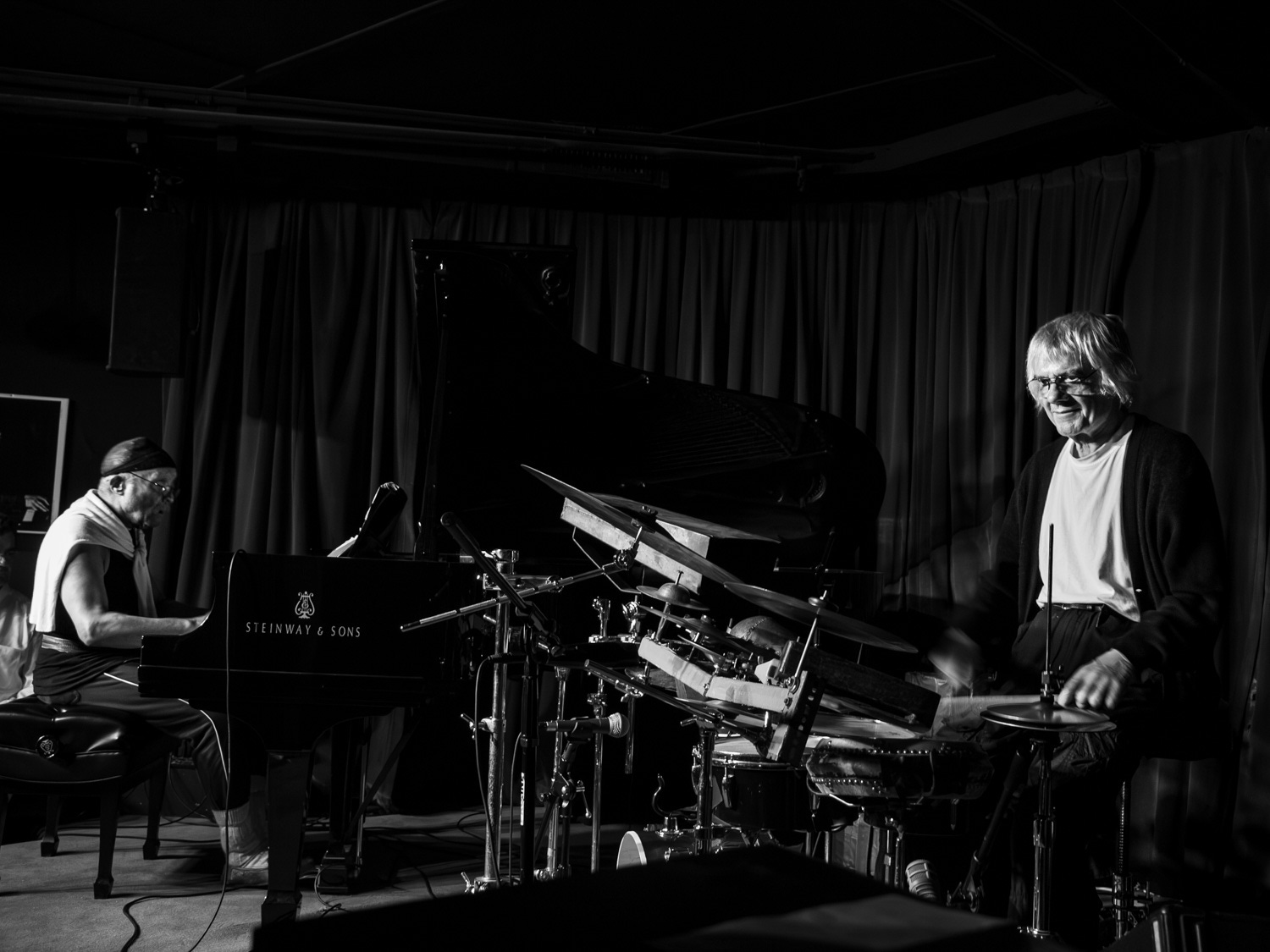
The most breathtaking moment on Flashing Spirits, an album that scatters its gifts with a profligate hand, arrives about 30 minutes in.
As always, context is key. At this point in the recording — I clock it at 30:05 — we have spent ha…
Keep reading with a 7-day free trial
Subscribe to The Gig to keep reading this post and get 7 days of free access to the full post archives.



